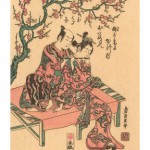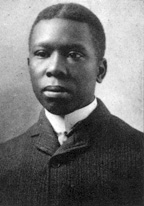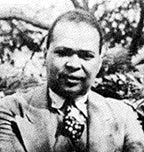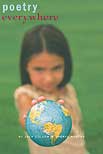The cento is a poetic form composed entirely of secondary (usually poetic) texts. The word “cento” derives from the Latin word for “patchwork,” or “patchwork cloak,” and in its classical form, was composed exclusively of language from either from a single poet or from several. Ausonius, the Roman originator of the form, stipulated that the cento-writer could lift entire verses from another work of poetry or splice verses from separate poems together, but never use two consecutive verses from a poem, nor to extract any less than half a verse from an outside poetic text.
Modern forms of the cento include writing a poem that borrows a single line from another poetic work and echoes that line throughout, stitching together lines, images, or phrases from other poems and using only original prepositions and conjuctions, and (or simultaneously) juxtaposing voices and images from a variety of poetic sources, thus creating a wholly new artistic work. The contemporary cento is generally associated with a certain witty, humorous, or ironic tone, but of course these conventions are subject to (re)invention. For even more explanation and classic and contemporary examples of the cento ranging from Virgil to John Ashbery, see the Academy of American Poets’ entry on the subject.
In my own writing, I have used the cento as a way to rhetorically frame and arrange found language from a variety of sources: interviews, artists’ statements, oral narrative, and lyrically composed prose. Because my writing often clusters around a specific constellation of issues (transculturation, cross-cultural/cross-national encounters, “ethnic” narratives, etc.), these sources generally feature Asian/Asian American subjects or speakers, or those (like Vietnam war veterans or turn-of-the-century “globe-trotters”) whose lives have somehow crossed or complicated a sphere of Asian life.
Continue reading “Weekly Prompt: The Cento, Semi-Cento, or Found Poem”











